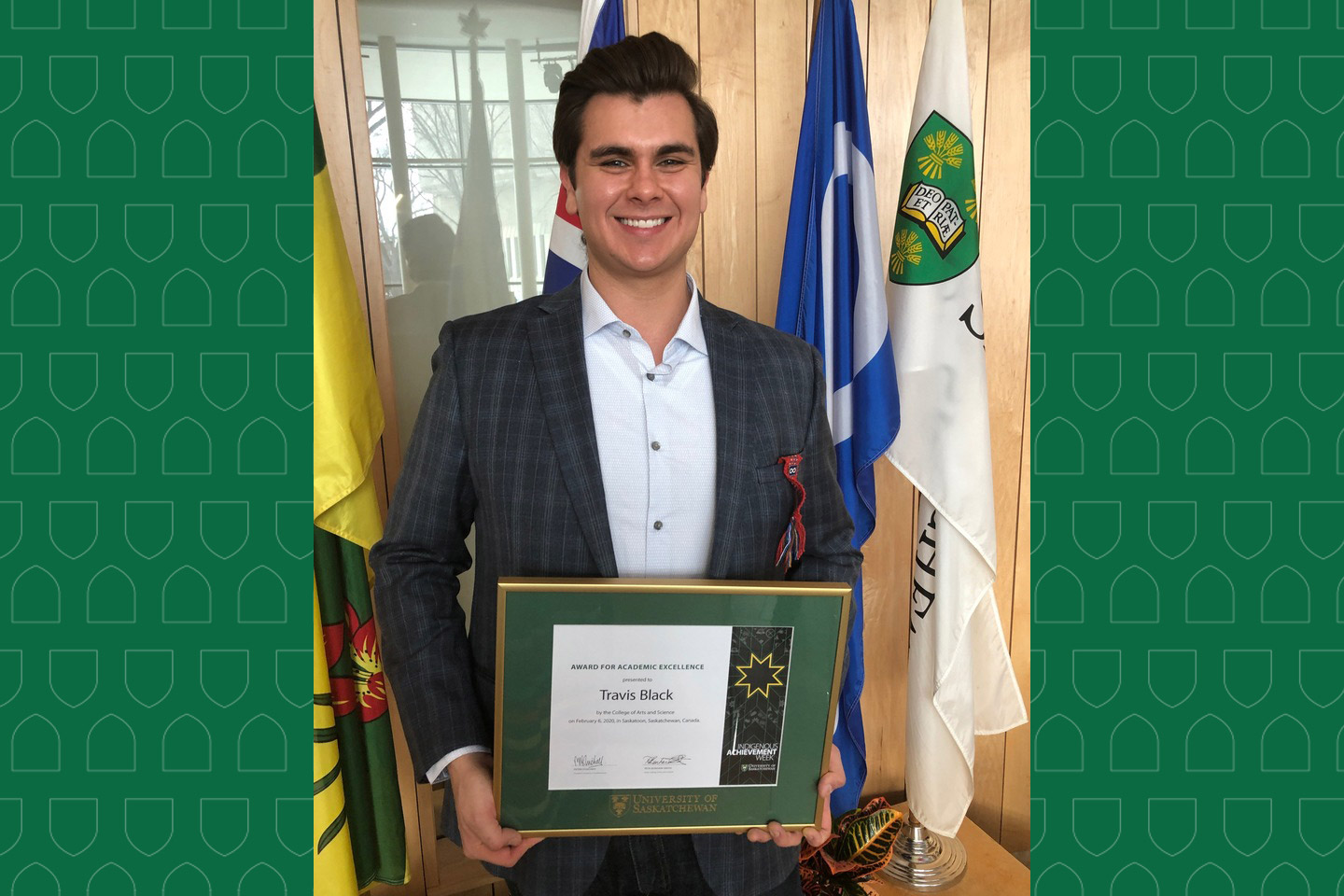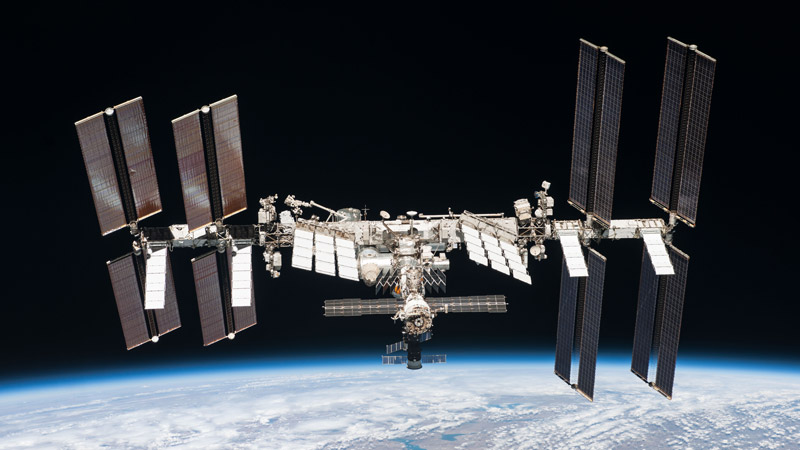
USask mathematical physics student contributes to space MRI
Travis Black spent his summer assisting researchers with a medical imaging project that could help humans survive in space
By Chris Putnam
University of Saskatchewan (USask) student Travis Black spent his summer assisting researchers with a medical imaging project that could help humans survive in space.
“It was really great. I loved it. This is my second summer doing undergrad research. I've got nothing but great things to say about it,” said Black, a past recipient of a USask Indigenous Student Achievement Award who is completing the final year of his Bachelor of Science (Honours) in mathematical physics.
In the Space MRI Lab located in the College of Arts and Science, a research group led by Dr. Gordon Sarty (PhD) is working to create magnetic resonance imaging (MRI) devices small enough to be launched into orbit.
“The new MRI method that is being developed requires transmitting radio energy rapidly between two or more transmitters. Interaction between the transmitters leads to distortions in the final image when traditional image reconstruction techniques are used,” said Sarty, professor and head of the Department of Psychology.
Black applied mathematical techniques toward eliminating that distortion.
During the summer, Sarty’s team sent Black data from MRI scans of real-world objects such as a lemon or a water bottle. Black’s job was to convert the data into black-and-white images using various maps of the transmitted radio energy, aiming to produce an image as close as possible to the true appearance of the object.
“I had to come up with a way to turn (the radio maps) into a coordinate system—you know, almost like a grid to tell the computer to do computations at these coordinate points,” said Black. This coordinate system was then used with new image reconstruction math developed by Sarty.

Black did the work from home, accessing the computer software he needed on campus through USask’s Virtual Computer Lab. The student said he felt lucky to work on a project that relates to his studies and that has potential to make an important contribution to society.
Black was supervised by Sarty and Dr. Steven Rayan (PhD), a faculty member in the Department of Mathematics and Statistics.
“With his simultaneous command of math and physics, Travis is most certainly a force to be reckoned with,” said Rayan. “He also has a strong knowledge of engineering principles that help to bring the math to life in projects such as this.”
The long-term plans for Sarty’s project are to launch an ankle-sized MRI to the International Space Station and a wrist-size MRI to the Moon, where they will be used to study the bone and muscle health of astronauts. The team has been awarded several grants and contracts from the Canadian Space Agency to develop the necessary MRI technology.
Black found the summer research project so rewarding that he is considering a career in medical imaging. Even before that happens, he might have a chance to watch his work be launched into space.
“Who knows? That would be pretty cool to see,” he said.

